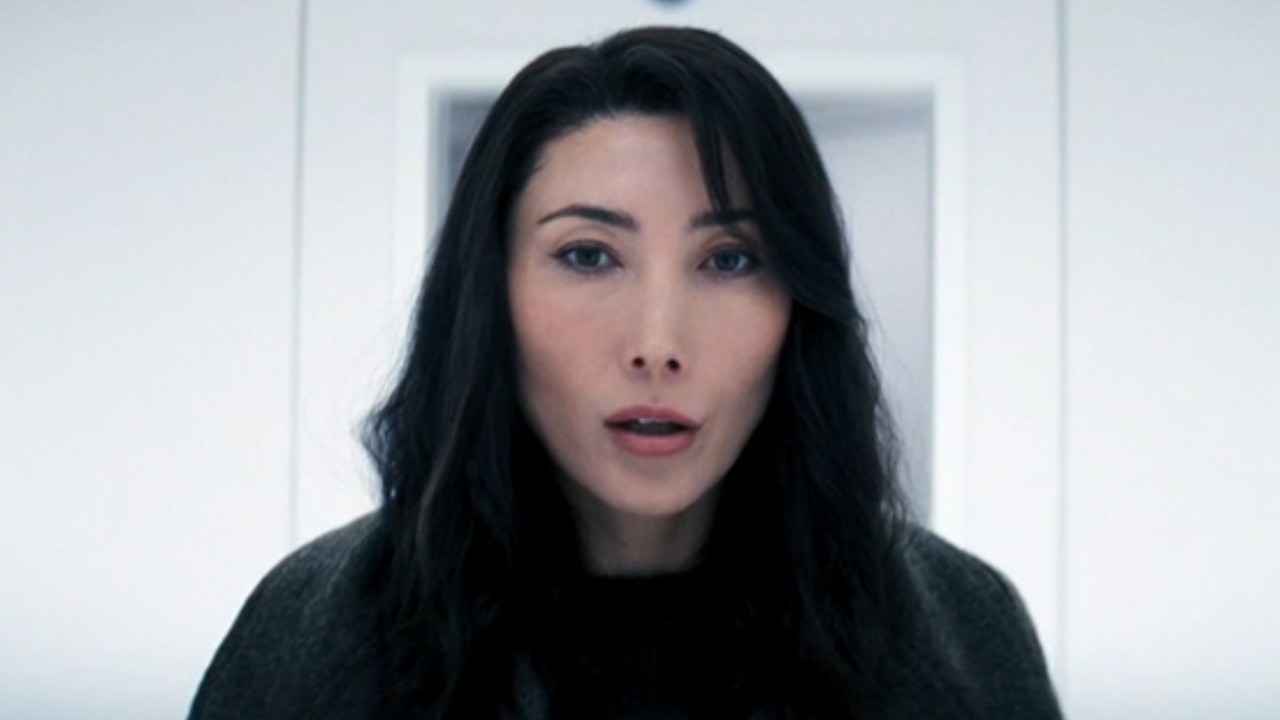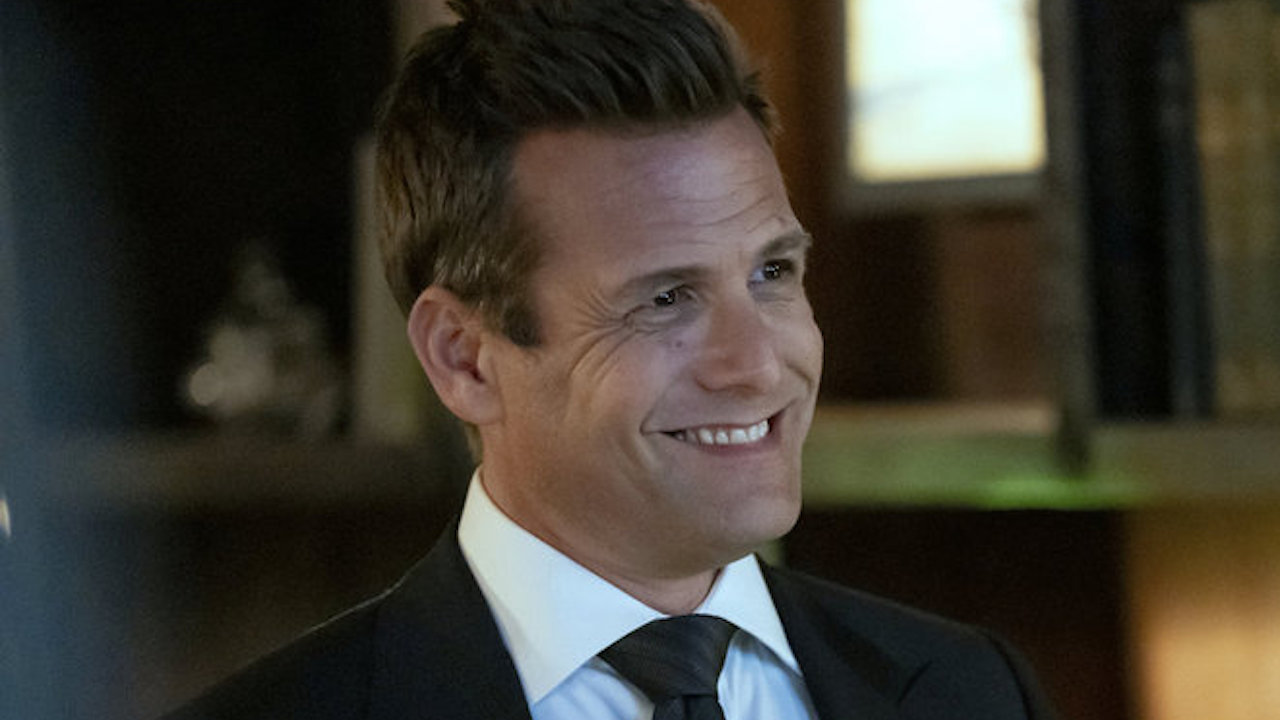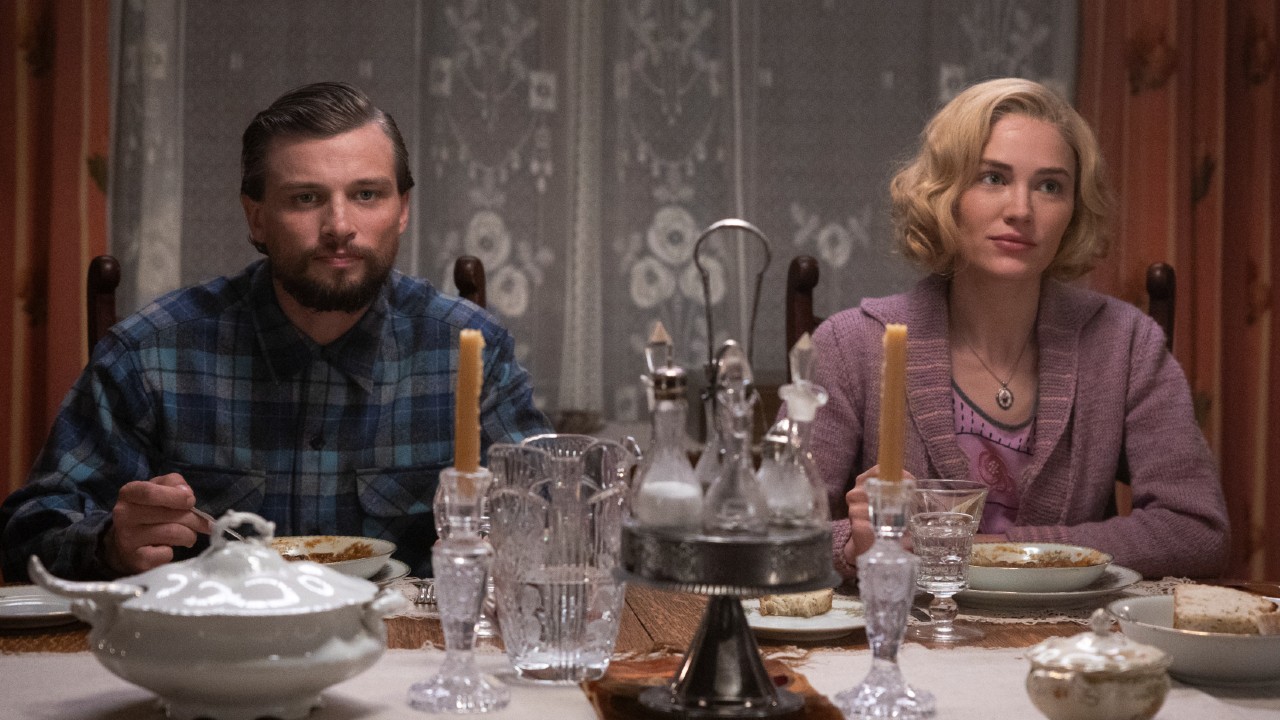
Diablo 3 is unquestionably one of the most anticipated releases of 2012. It’s also one of the most controversial due to a couple choice features. You can find many people saying D3 is a gift from the High Heavens or a wicked instrument forged in the depths of Hell but the truth lies somewhere in the middle.
In D3, players are charged with stopping the forces of Hell from overrunning the mortal realm. It’s the same basic plot of the previous two games but more skillfully done. As I mentioned in my preview of the beta, Blizzard better integrated the story into the gameplay this time around. Short in-game cutscenes, audio logs, and optional conversations with town NPC’s provide a richer story than series fans have experienced to date. It’s still not a very complex plot, but that’s by design; you can only do so much story-telling in a game driven by co-op and multiple play-throughs before it becomes tiresome.
Story really isn’t what Diablo is about. The combat is the main focus. The player wades into a horde of Hell’s minions and rips them to shreds. Then, they pick through the pile of corpses and (hopefully) find a shiny new weapon or piece of armor. The frantic, twitch combat and loot-based progression is really the core of the experience here.
The co-op, by the way, is a natural extension of the single-player. You can set your game to public and let other players jump in and out at will. It’s easy to find a suitable co-op game, too. Your friends list clearly displays what act and quest your buddies are on, and you can jump into their game with a push of a button. You can browse public games based on their current story quest. Co-op doesn’t disrupt your current game, either. The enemies automatically get stronger with each additional player and get weaker when they depart. You can teleport instantly to a fellow player from town. Each player gets their own individual set of loot drops so that you’re not all fighting over loot after every boss fight.
D3 gently eases both new players and rusty veterans into the action. You have to start off on Normal mode, the easiest of the four difficulties. Your hotkeys will unlock one by one as you level up, and the game forces you to use certain hotkeys for particular categories of spells. This gives you a good understanding of how to combine abilities to good effect, and more importantly prevents you from becoming a “clicker.” By the time you finish the normal mode campaign, you’ll be about level 30 so you’ll have access to all of your abilities and at least a basic feel for each.
With most games, you finish it on one difficulty and put it back on the shelf. However, the four difficulties of Diablo are meant to be played in sequence. With each successive difficulty level, the monsters become more and more powerful. It becomes vital for you to be aware of each of their special abilities because you’ll be quickly slaughtered if you use the wrong tactics. With Normal mode, you can be blindly aggressive but with Nightmare mode and up you need to start mixing in abilities and equipment that increase your survivability.
Fortunately, your character continues to grow stronger through these higher difficulties. You’ll keep earning runes, or modifiers for your spells, with each step you take toward the level cap of 60. Finding the right combination of spells to use in combat and the right runes to tweak them is a long process of experimentation. You’ll keep finding progressively better loot as you fight through these higher difficulties, as well.
CINEMABLEND NEWSLETTER
Your Daily Blend of Entertainment News
The campaign took me about 12 hours to complete on Normal mode. Completing every other difficulty level will take around the same amount of time, depending on how often you die and whether you’re playing with friends. It would not be an exaggeration to say that this is really a 40+ hour game, then. However, it really depends on how much the D3 gameplay formula appeals to you. If adapting to more difficult battles and scouring the land for better loot is entertaining enough to keep you going for multiple play-throughs, then D3 is a good investment for you. Personally, though, I got worn down by the repetition somewhere in Nightmare mode.
A lot of the pre-launch controversy about D3 focused on the new Auction House, which allows players to buy real-world currency. The real money auction house isn’t live yet so all I could evaluate is its less-hated brother, the auction house driven by in-game gold. The most striking thing about the gold auction house is how little I wanted to use it. It’s a bit inconvenient to utilize; you need to actually exit your current game in order to browse it. I’d imagine most players simply sell their unwanted items to in-game vendors or have the blacksmith break them down into crafting materials. Even if it was accessible in-game, though, the auction house feels like an undesirable feature. It’s so gratifying to stumble upon the perfect upgrade in a dungeon; you miss out on that appeal by simply buying the item. On balance, though, the auction house is probably a net positive for the game. It’s at least helpful for players picking their way through higher difficulties where optimized gear is more important.
The most controversial feature in D3, though, is that you need to be connected to Blizzard’s servers at all times in order to play. Even if you want to play by yourself, you need to be online. If your internet craps out or Blizzard’s servers are down, you’re unable to access the game. Disconnections can result in a small amount of lost game progress. There were a few system-wide outages earlier in the launch week but the game’s pretty stable now. The thing is, even when I’ve got a reliable connection and Blizzard’s servers behaved, there was one issue that never really went away: lag. Diablo 3’s North American servers must be on the West Coast because I’m in New York and rarely got better than 200ms lag. The game’s certainly playable at that level but the gameplay would occasionally skip or slow down. That’s pretty devastating in a game focused on high-speed combat.
This “always online” system is, frankly, bullshit. I’m fighting A.I.-controlled enemies in a single-player game – why should I have to deal with lag or disconnects? Blizzard says that the online requirement prevents hacking, item duplication and piracy. Here’s the thing: I don’t give a fuck about any of these things. People want to cheat their way through the campaign? Go nuts. People want to flood the auction house I don’t use with cheap items I won’t buy? Go nuts. I can understand Blizzard wanting to prevent these problems (piracy especially) but there are ways to accomplish that without saddling me, the paying customer, with issues. It’s inexcusable to me that they couldn’t offer an offline option. Let me create a character solely for single-player, with the caveat being that I can’t use the auction house or co-op. I might not opt for that deal – co-op is sort of fun – but the lack of choice here is just grating. Why do you make it so hard for me to love you, Diablo 3?
D3 is a smooth and entertaining action RPG. If slashing your way through hordes of demons and collecting loot is your thing, there’s a lot to like here. You’d be hard-pressed to find a PC RPG with action this intense. That being said, if you’re looking for a game with more of an emphasis on exploration or story, you could do better. Furthermore, the online requirement might be frustrating enough to keep players from sticking with the game throughout the summer.
Players: 1-4
Platforms: PC (reviewed), Mac
Developer: Blizzard Entertainment
Publisher: Blizzard Entertainment
ESRB: Mature
Rating:

Staff Writer at CinemaBlend.
The Fun Way Severance's AD Used Jurassic World To Help Dichen Lachman Navigate The Show's Wild Hallway Scenes
I Remember Fenn's Treasure Hunt As It Was Happening, And I Can't Believe It Took So Long For Netflix To Make A Documentary About It
Kelly Clarkson Gushing To Hailee Steinfeld Over Why Fiancè Josh Allen Is A ‘Bad--s Mother----er' Is Honestly So Relatable











